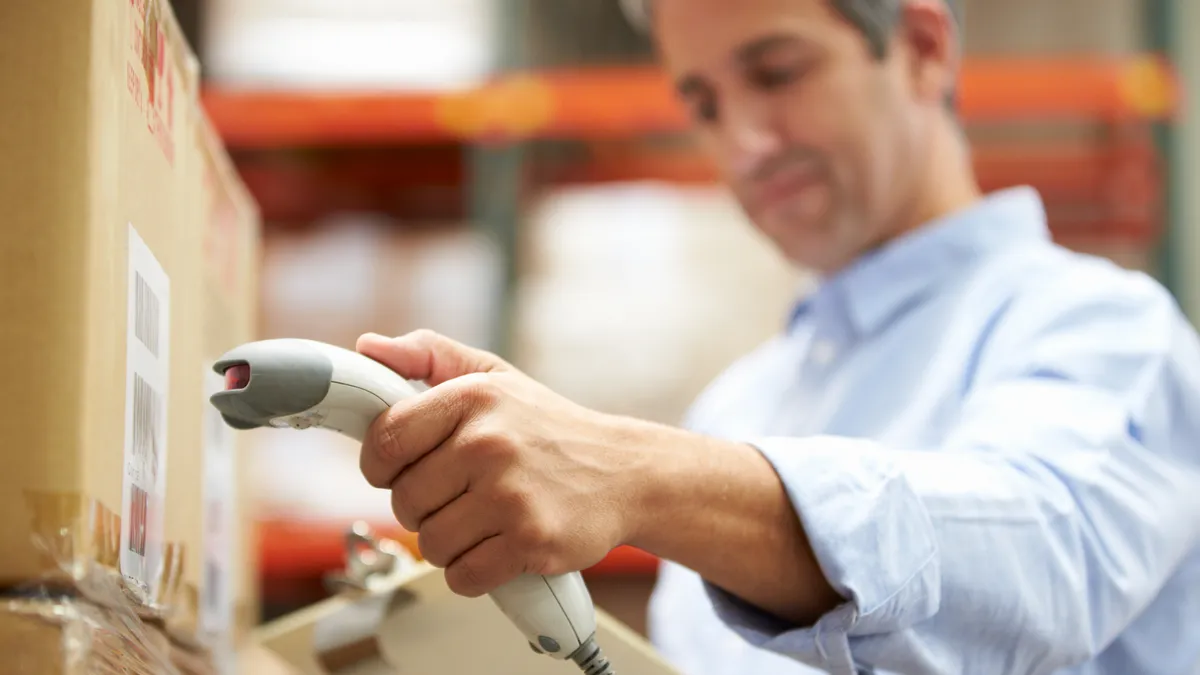Holiday shopping is always a big time for returns, but shifts in shopping habits during the COVID-19 pandemic are raising questions about what holiday returns will look like this year. Shoppers gave us some surprises on their holiday shopping and returns expectations in a recent Inmar survey, showing significantly more people planning online gift shopping because of the pandemic.
Recent Inmar data shows that the massive shift to online shopping during the pandemic will continue. In a survey of 1,000 shoppers, 81% told us they will be doing more of their holiday shopping online this year. And a whopping 40% said they would probably do all of their holiday shopping online this year out of concerns about exposure to COVID-19.
E-commerce retailers benefiting from this growth will also experience higher cost of returns for those who offer free returns shipping and they may be challenged to handle the higher-than-usual spike in holiday returns from the online shopping growth driven by the pandemic.
Concerns surrounding COVID have led to a shift in consumer returns preferences as well. Sixty-seven percent of holiday shoppers say they'd rather ship their returns to avoid the potential COVID exposure of standing in returns lines in stores, meaning omnichannel retailers will have to handle more individually shipped or mailed returns. Individual packages from e-commerce returns can slow processing of returns in retail distribution centers where the majority of returns may typically arrive already aggregated in truckloads, and can slow shopper refunds for retailers who inspect returns before refunding.
However, the advent of returns drop-off sites such as those operated most widely in the U.S. by Happy Returns, can offer contactless return options and also allow aggregation of returns which can drive out cost and waste in returns shipping.
Other data from the Inmar Intelligence survey indicate solid shopper intentions to continue the shift to e-commerce:
-
81% will do more online holiday shopping than in previous years
-
40% will do all of their holiday shopping online because of the pandemic
-
74% are concerned about COVID-19 exposure from holiday shopping in stores
-
67% prefer to ship their holiday returns this year rather than return in stores because of the perceived risk of COVID-19 exposure
Retailers will need to be especially diligent in preparing for higher volumes of individual, shipped returns packages this holiday season. The shift to e-commerce during the pandemic demands solid returns management processes and a smooth customer experience, while reducing costs and eliminating waste. Maximizing value recovery will be more important than ever with the expected high returns volume, while an efficient, easy customer return experience will be key to increasing shopper loyalty and driving sales.
Omnichannel retailers will have the challenge of handling and processing large volumes of individual packages, where their warehouses may be more focused on handling aggregated truckloads of returns, which can be processed faster and with less labor.
Pure e-commerce retailers will likely see larger volumes of returns than they are accustomed to handling. Ramping up handling and processing capacity will be key, and more attention should be given to assessing items that will be eligible for return-to-stock, to help maximize value and reduce costs and outright losses on returns.
The big question remaining is the human variable of holiday spirit and plain-old cabin fever: Will shoppers have been cooped up at home long enough through the pandemic and want to get in the holiday spirit with a little in-store browsing? Will that translate to more impulse-driven in-store purchases than expected? Will they browse in stores for gift ideas but purchase online?
There are a great many questions constantly arising in this “new normal” in which we’re all learning to live. The circumstances are likely to continue presenting new reasons to adjust, much the same as it creates a shifting, new environment for consumers to live and shop in.
Learn more about reducing the cost of returns and recovering more value










